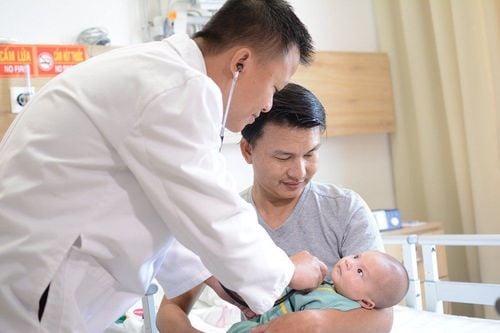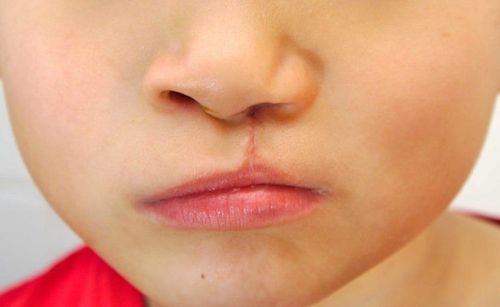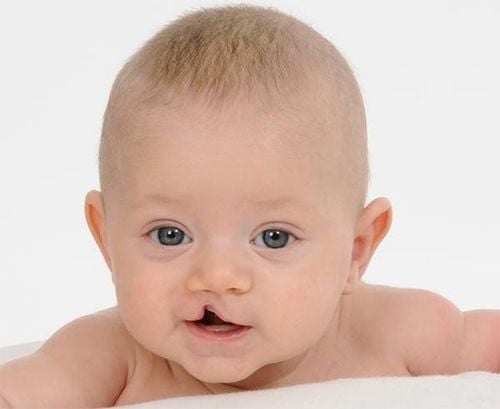This is an automatically translated article.
The article was professionally consulted by Specialist Doctor II Tran Van Trong - Specialist in Pediatric Surgery, Plastic Surgery - Aesthetics - Department of General Surgery - Vinmec Danang International Hospital.There are three types of cleft lip and palate: cleft lip but no cleft palate, cleft palate but no cleft lip, and both cleft lip and cleft palate. Each child will fall into different circumstances.
1. Cleft palate locations
Cleft palate is one of the most common birth defects in infants that occurs when the tissues of the baby's lips or palate fail to develop. Therefore, the child does not have enough tissue in the mouth, these tissues also do not combine to form the roof of the mouth, leading to the child having a cleft palate. Cleft palate can often be accompanied by or alone with a cleft lip.Cleft palate in children can be internal cleft palate, unilateral or bilateral cleft palate and total cleft palate.
Internal cleft palate
Is a less common form of cleft palate than other forms of cleft palate. This is a cleft in the muscles in the roof of your baby's mouth, located at the back of the mouth, which is covered by the lining of the mouth. Because it is located inside, it is often not noticed. Children with cleft palate are often discovered when the child has the following symptoms:
The child has difficulty eating, such as difficulty swallowing, food, especially liquids, may leak out through the nose. Nasal voice, ear infection or chronic nose infection, repeated over and over again. An internal cleft palate usually does not affect the appearance of the child's face.
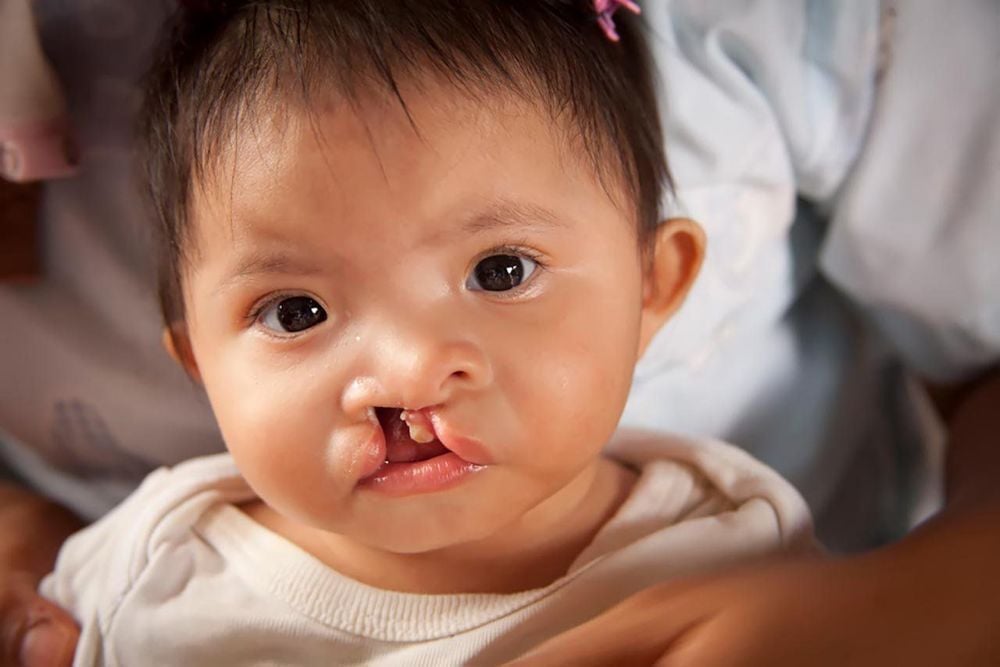
Common form of cleft palate, the morphology of cleft palate is the appearance of a unilateral cleft palate that can occur on the left or right side of the palate, this case is often accompanied cleft lip. In this case, the child's condition is often detected with the naked eye, with children with a cleft palate on one side, it will make it difficult for the child to eat and drink, easy to choke and increase the risk of ear and respiratory infections.
Bilateral cleft palate
Similar to unilateral cleft palate, but cleft palate occurs on both sides of the jaw and is often accompanied by cleft lip lesions.
Total cleft palate
There is a continuous cleft from the soft palate to the hard palate. In the case of children with a total cleft palate, they often have the most severe symptoms such as children not being able to suckle, often choking on their nose when eating and drinking, mispronouncing, misaligned teeth, and deformed jaw arches that affect their health. children's health, increases the risk of respiratory disease more than other types of cleft palate.
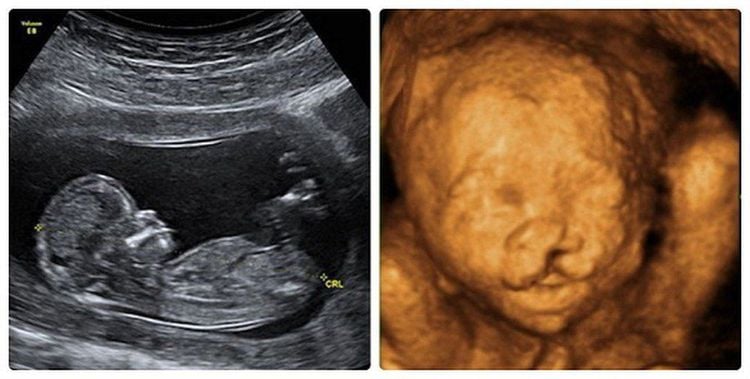
2. Treatment of cleft palate in children
The best treatment is surgery to make two incisions in the cleft, to realign tissue and muscle in the roof of the mouth, rebuild the palate (both hard and soft palate), and then sew it closed.Cleft palate in children can occur on one side or on both sides. General symptoms:
Appears a crack on the lip (if it is a unilateral cleft palate, only one crack will be seen in the child's mouth, if it is a total cleft palate, two cracks can be seen on both sides of the mouth or a large fissure extending over the roof of the child's lips) affecting one or both sides of the face. The fissure appears as a cleft that can extend from the lips to the gums through the roof of the mouth, stopping at the bottom of the nose so that the mouth area does not form a closed circle, but leads to a cleft palate. Children who have difficulty eating and drinking may spill food out because their mouth is not tight. Unsightly to the face, some exposed areas can increase the risk of infection.
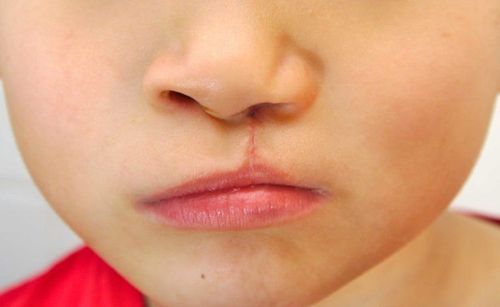
Breastfeeding position : Breastfeeding is always the best feeding method. The problem is that for children with cleft palate, the palate is not closed, breastfeeding is sometimes difficult. Breastfeeding should be done in a sitting or slightly upright position to help prevent milk from flowing into the nose, causing choking, nasal congestion and even rhinitis. In some cases, the child does not follow the mother's feeding method, mothers need to express milk into a cup, then give the baby milk with a spoon. Children should be taught the habit of eating in a sitting position. It is possible for the child to sit along the pillow against the bed, with the head slightly forward, so that if the child eats milk with a spoon or bottle, it will not choke. This method will sometimes be very difficult and time consuming, but it needs to be done to ensure the child's safety. In special cases where the child cannot eat in the above ways, or the child should not need to place a plastic appliance over the cleft palate to keep food or milk from entering the nose, or use a feeding bottle. have specially designed nipples. Pay attention to oral hygiene for children after each meal, especially in areas with cleft palate. Use soft, damp cloths with clean water to clean. Do not use cotton swabs or syringes to clean the crevices of children because it can cause injury. Practice speaking and pronunciation for children. Take the child to the doctor as soon as possible to have an early and timely treatment plan.
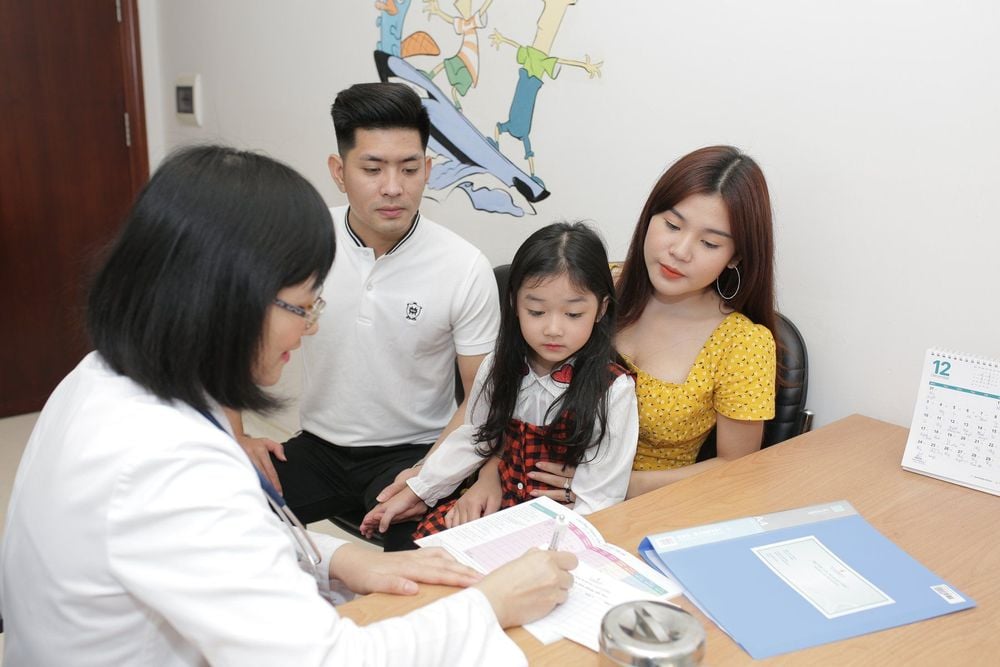
Pediatrics Department at Vinmec is one of the few multi-specialty hospitals with a full range of doctors specializing in neurology, cardiology, gastroenterology, nutrition, psychology, endocrinology, hepatology, helping to handle it quickly and promptly. when diseases are discovered during the examination. As a key area of Vinmec Medical system, Pediatrics Department always brings satisfaction to customers and is highly appreciated by industry experts with:
Gathering a team of leading pediatricians: including leading experts with high professional qualifications (professors, associate professors, doctorates, masters), experienced, worked at major hospitals such as Bach Mai, 108.. Doctors All are well-trained, professional, with a mind - range, understanding young psychology. In addition to domestic pediatric specialists, the Department of Pediatrics also has the participation of foreign experts (Japan, Singapore, Australia, USA) who are always pioneers in applying the latest and most effective treatment regimens. . Comprehensive services: In the field of Pediatrics, Vinmec provides a series of continuous medical examination and treatment services from Newborn to Pediatric and Vaccine,... according to international standards to help parents take care of their baby's health from birth to childhood. from birth to adulthood Specialized techniques: Vinmec has successfully deployed many specialized techniques to make the treatment of difficult diseases in Pediatrics more effective: neurosurgery - skull surgery, stem cell transplantation. blood in cancer treatment. Professional care: In addition to understanding children's psychology, Vinmec also pays special attention to the children's play space, helping them to have fun and get used to the hospital's environment, cooperate in treatment, improve the efficiency of medical treatment.
Please dial HOTLINE for more information or register for an appointment HERE. Download MyVinmec app to make appointments faster and to manage your bookings easily.





